I've seen it various times while researching places to go. It says if you wander off into a bad area of a town, be alert as you go through, watch your surroundings, but . . . 'don't look the dodgy looking people standing along the streets in the eye'. (Probably gang members or drug dealers). Normally when you don't look someone in the eye, they think you are shifty, trying to hide something, but in this case, I think it is the right thing to do.
The local train takes me to Arashiyama early today
. I'm glad, while in Kyoto, I am staying not far from the train depot. I seem to use one of the train systems almost everyday. I know the same can be said for thousands of locals as well. But, using the trains are natural to them. It takes work for me to find the right one and get off at the right stop. So, having a hotel close to the station at least saves me figuring out transportation to the station everyday.
ARASHIYAMA
Arashiyama is located in the southern outskirts of Kyoto, but requires a 30 minute train ride to get to. It's a pleasant ride. I enjoy using the train system here.
IT'S NOT RIPLEYS, BUT IT'S ODD
The first thing I see as I leave the station in Arashiyama is a 19th century museum. This one is a little more odd than most, though. Outside the museum there is a large train engine on display. Also, the museum front has piano keys displayed. The museum is the odd combination of steam locomotives and pianos.
You can take a scenic train ride from the museum for a few dollars into the nearby mountains
. You can also get there by walking through town or renting a bicycle. I want to take photos as I see the town, so I opt for walking.
THE BRIDGE
After wandering through the narrow streets, I came to the Hozu River. It has a picturesque bridge, The Togetsukyo Bridge, spanning it. It makes a nice photo with the forested mountains in the background. There is a park along the river filled with cherry trees. Cherry Blossom season is very popular here at the bridge.
It's still early morning and I see a path leading along the river into the mountains. I spend the next hour or so hiking the path and enjoying the river along the way. It's quiet here, away from the many small shops around the bridge, and I don't see anyone during the hour-long hike. The river is beautiful and so peaceful to hike along.
WALKING AMONG WILD MONKEYS
On my hike back into town, along the river, I find a trail leading through the trees to a monkey park on top of a mountain
. There are wild macaque monkeys living on top of the mountain. It is a demanding hike, but if you are up to it, it is a great way to spend the morning.
Once I reach the top of the mountain, there is a small building with a caged-in area. Inside you can buy peanuts to feed the monkeys. You are only allowed to feed the monkeys from inside the wire cage. This is one time you are in the cage and the monkeys are roaming free outside, looking in at you. What a switch!
The monkeys see you inside the cage and come running, climbing the cage wire. They are looking for a peanut to be passed through the wire to them. The wire is big enough the monkeys can also reach through and let you put the peanut in their hand.
You are only allowed to feed the monkeys the peanuts, sold here, and you must do it from inside the cage. This way the monkeys have learned they will only get food from someone in the cage
. The idea is, when you are walking around outside on the mountain with the loose monkeys, they will not come to you or jump on you wanting food.
Once I leave the cage I walk within inches of the monkeys. Some are carrying around their baby. Others are grooming another monkey. Some are just sitting, but none approach me. They don't run away but they don't come to me wanting food, either. I guess the system works. Wild monkeys can be aggressive and cause a lot of harm to someone by biting and scratching. So, not feeding them in the open space is a good protection for the visitors.
Another thing you are warned about is "don't look him in the eyes". I saw signs of this all the way up the switchbacks on the trail today. I guess it's something the monkeys and drug dealers have in common! I didn't look them in the eyes and they didn't offer me drugs or bring their gang to rob me.
THE RICKSHAW RIDE
The rickshaw was waiting along the bridge as I passed this morning, on the way to my hike and the monkey mountain
. I stopped for a few minutes to chat with the driver (called puller). He posed for a photo and I told him I might ride with him when I came back from the mountain. I'm sure he thought I was just feeding him a line to get a photo of him and his rig and then get away.
He was still waiting at the same spot when I got back a few hours later, so I hired him to take me to the bamboo forest. (You can hire them to take you anywhere in town you want to go.)
It was a nice ride to the other side of town, and along the way he would stop and give me some history about some landmark or something else of interest. It was a chance for him to take a short break too, I am sure. The history and information was interesting, though, and he pointed out a few things I wanted to return later in the day to see.
I had been wanting to ride in a rickshaw since I was in Asia last year. There were a lot of them in Vietnam, but I never rode in one
. Where better to ride one than in Japan where it is believed to have been invented around 1869.
I think of earlier days when royalty or the wealthy would have lower status people carry or pull them around on various platforms or carts. The rickshaw at one time in Asia was a very popular, cheap way to travel. Peasants went to the big cities to become rickshaw runners. But, it was considered a very dangerous occupation and very degrading.
The rickshaws arrived in Singapore in 1880. The poorest individuals in Singapore became the pullers. They were the poverty-sticken people of Chinese ancestry, and were called "coolies". It was hard work but was a job opportunity they needed. Richshaws were the popular way for people to get to work and other places in those days.
Today, of course, it is more of a touristy thing. I felt mixed emotions riding in it, though. As I watch from my seated position and see the puller sweating, and straining sometimes uphill, my instinct is to get out and help him pull the thing up
. I always feel the need to give a hand when work is going on (wish I didn't).
It feels a little strange, having a person pull me around like this. I know I rode in a cyclo while in Vietnam, but that was a person giving me a ride powered by a bicycle. Tuk Tuks are motor driven, as well as motodops. This is a person just pulling me along with his own legs.
I know most people would enjoy feeling a little like royalty while being pulled around town, and this rickshaw puller is very eager for my business. Still, I feel a little awkward seeing him work so hard while I just sit here, blanket over my lap. Okay, I am just odd, I know. It's a fun thing to do and no one is being forced to do the work. Fun stuff.
THE BAMBOO FOREST
When we arrive at the bamboo park, I say goodbye to my rickshaw puller and head into the nearby shrine leading to the bamboo forest. It's the Nonomiya Shrine. This is where many women have trained to be shrine maidens at Japan's holiest shrine
.
You walk through the shrine and it's pretty little garden, then continue on behind it where there is a small path leading to the bamboo forest. There is a road cut through the bamboos. I think riding a bicycle through here would be a fun way to see all the bamboo. There is no place near to rent a bike, though, so I walk.
The bamboo, for as far as you can see, goes on a long ways. The narrow road winding through the forest is paved, only wide enough for one vehicle. Eventually, I came to a lake. The bamboo path continued around it. And, there was a train station. It turned out to be the scenic train I could have ridden to this point. I consider taking the ride back into town on it, but there are things I want to see on my way back and I could not do that if I rode the train back.
THE JAPANESE GARDEN
I stumbled upon a Japanese garden and spent a while walking through it. The little ponds and landscaping made for a nice and relaxing tour
. Afterwards I bought a can of ice coffee out of the vending machine and sat on the wooden seat, here in Arashimaya, Japan.
I finished the day walking around this little section of Kyoto. It seems like a quaint little town, all it's own. I guess at one point it was, before being taken in by the larger Kyoto.
This was a good choice for a day trip and it has been very interesting. Now, back to find my train home.
Don't Look Him In The Eyes (Japan)
Thursday, October 03, 2013
 Arashiyama, Kinki, Japan
Arashiyama, Kinki, Japan
Other Entries
-
93The Playground Called Waikiki
Sep 1023 days prior Waikiki, United Statesphoto_camera60videocam 3comment 0
Waikiki, United Statesphoto_camera60videocam 3comment 0 -
94Today I Found A Diamond
Sep 1122 days prior Waikiki, United Statesphoto_camera89videocam 1comment 0
Waikiki, United Statesphoto_camera89videocam 1comment 0 -
95"Don't Worry About It"
Sep 1221 days prior Honolulu, United Statesphoto_camera135videocam 0comment 0
Honolulu, United Statesphoto_camera135videocam 0comment 0 -
96It's Friday the 13th - Does That Matter?
Sep 1320 days prior Honolulu, United Statesphoto_camera55videocam 3comment 0
Honolulu, United Statesphoto_camera55videocam 3comment 0 -
97..........And The Skipper Too
Sep 1419 days prior Waikiki, United Statesphoto_camera73videocam 10comment 0
Waikiki, United Statesphoto_camera73videocam 10comment 0 -
98As The Sun Sets
Sep 1716 days prior Maui, United Statesphoto_camera101videocam 4comment 0
Maui, United Statesphoto_camera101videocam 4comment 0 -
99THE BED!
Sep 1914 days prior Tokyo, Japanphoto_camera10videocam 0comment 2
Tokyo, Japanphoto_camera10videocam 0comment 2 -
100First Day in Tokyo
Sep 1914 days prior Tokyo, Japanphoto_camera33videocam 1comment 3
Tokyo, Japanphoto_camera33videocam 1comment 3 -
101Iranians Like America
Sep 2013 days prior Tokyo, Japanphoto_camera68videocam 2comment 2
Tokyo, Japanphoto_camera68videocam 2comment 2 -
102A Young Woman Passes Me A Note
Sep 2112 days prior Nikko, Japanphoto_camera121videocam 0comment 2
Nikko, Japanphoto_camera121videocam 0comment 2 -
103I'm Being Followed . . . and I Feel Uncomfortable
Sep 2211 days prior Nikko, Japanphoto_camera54videocam 2comment 3
Nikko, Japanphoto_camera54videocam 2comment 3 -
104Faster Than A Speeding Bullet (Japan)
Sep 276 days prior Kyoto, Japanphoto_camera34videocam 2comment 2
Kyoto, Japanphoto_camera34videocam 2comment 2 -
105The White Deer
Sep 285 days prior Nara, Japanphoto_camera67videocam 0comment 0
Nara, Japanphoto_camera67videocam 0comment 0 -
106The Thousands of Gates (Japan)
Sep 294 days prior Kyoto, Japanphoto_camera101videocam 1comment 0
Kyoto, Japanphoto_camera101videocam 1comment 0 -
107Burning Flesh -Part I (Japan)
Sep 303 days prior Hiroshima, Japanphoto_camera43videocam 1comment 0
Hiroshima, Japanphoto_camera43videocam 1comment 0 -
108Burning Flesh - Part 2 (Japan)
Oct 012 days prior Hiroshima, Japanphoto_camera40videocam 0comment 0
Hiroshima, Japanphoto_camera40videocam 0comment 0 -
109Bathing With Naked Men (Japan)
Oct 021 day prior Miyajima, Japanphoto_camera52videocam 0comment 2
Miyajima, Japanphoto_camera52videocam 0comment 2 -
110Don't Look Him In The Eyes (Japan)
Oct 03 Arashiyama, Japanphoto_camera166videocam 5comment 0
Arashiyama, Japanphoto_camera166videocam 5comment 0 -
111The Land of the Rising Sun (Japan)
Oct 041 day later Shanghai, Chinaphoto_camera50videocam 1comment 0
Shanghai, Chinaphoto_camera50videocam 1comment 0 -
112Feeding the Dead (Cambodia)
Oct 052 days later Siem Reap, Cambodiaphoto_camera35videocam 3comment 0
Siem Reap, Cambodiaphoto_camera35videocam 3comment 0 -
113My Chair is Under Water (Cambodia)
Oct 107 days later Battambang Province, Cambodiaphoto_camera117videocam 3comment 0
Battambang Province, Cambodiaphoto_camera117videocam 3comment 0 -
114It's Not The Big Top (Cambodia)
Oct 2421 days later Battambang Province, Cambodiaphoto_camera50videocam 4comment 0
Battambang Province, Cambodiaphoto_camera50videocam 4comment 0 -
115Who Stole My Sandals? (Cambodia)
Oct 2623 days later Battambang Province, Cambodiaphoto_camera88videocam 1comment 0
Battambang Province, Cambodiaphoto_camera88videocam 1comment 0 -
116Fire In The Sky (Thailand)
Nov 1644 days later Pattaya, Thailandphoto_camera60videocam 5comment 2
Pattaya, Thailandphoto_camera60videocam 5comment 2 -
117Happy Holidays (Vietnam)
Nov 2553 days later Hanoi, Vietnamphoto_camera1videocam 0comment 0
Hanoi, Vietnamphoto_camera1videocam 0comment 0 -
118The Hands from Hell (Thailand)
Nov 2654 days later Chiang Rai Province, Thailandphoto_camera91videocam 3comment 0
Chiang Rai Province, Thailandphoto_camera91videocam 3comment 0 -
119Black House Chiang Rai (Thailand)
Nov 2755 days later Chiang Rai, Thailandphoto_camera199videocam 1comment 0
Chiang Rai, Thailandphoto_camera199videocam 1comment 0 -
120The Clock (Thailand)
Nov 2856 days later Chiang Rai Province, Thailandphoto_camera58videocam 1comment 0
Chiang Rai Province, Thailandphoto_camera58videocam 1comment 0 -
121The Epic Journey (Laos)
Nov 2957 days later Chiang Khong, Thailandphoto_camera70videocam 2comment 0
Chiang Khong, Thailandphoto_camera70videocam 2comment 0 -
122Shipwreck on the Mekong (Laos)
Nov 3058 days later Huay Xai, Laosphoto_camera70videocam 4comment 2
Huay Xai, Laosphoto_camera70videocam 4comment 2 -
123Please Cover Your Body - (Laos)
Dec 0159 days later Luang Prabang, Laosphoto_camera141videocam 0comment 0
Luang Prabang, Laosphoto_camera141videocam 0comment 0 -
124Discovering Luang Prabang (Laos)
Dec 0260 days later Luang Prabang, Laosphoto_camera136videocam 0comment 0
Luang Prabang, Laosphoto_camera136videocam 0comment 0 -
125Waterfall on the Mekong (Laos)
Dec 0361 days later Luang Prabang, Laosphoto_camera57videocam 0comment 2
Luang Prabang, Laosphoto_camera57videocam 0comment 2 -
126Rudeness at Dawn (Laos)
Dec 0462 days later Luang Prabang, Laosphoto_camera104videocam 1comment 0
Luang Prabang, Laosphoto_camera104videocam 1comment 0 -
127The Vertical Runway (Laos)
Dec 1068 days later Vientiane, Laosphoto_camera110videocam 1comment 0
Vientiane, Laosphoto_camera110videocam 1comment 0 -
128The Stranger in my Bed (Laos)
Dec 1270 days later Phonsavan, Laosphoto_camera129videocam 1comment 0
Phonsavan, Laosphoto_camera129videocam 1comment 0

 Arashiyama, Kinki, Japan
Arashiyama, Kinki, Japan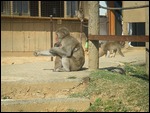
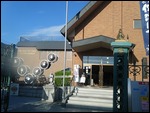
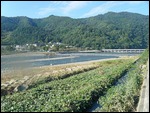
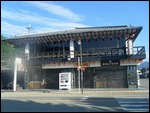
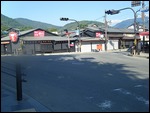
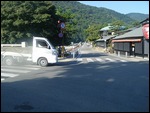
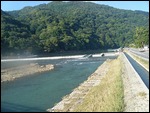
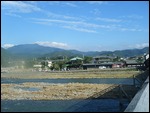
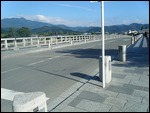







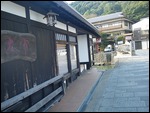
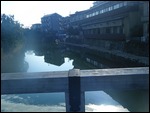
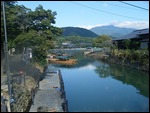

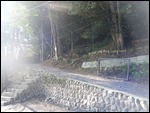
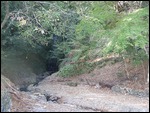
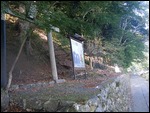
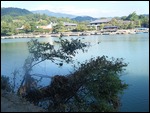
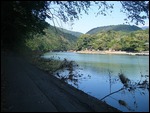
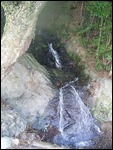
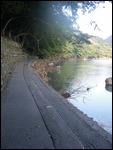
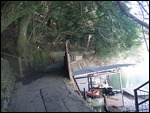
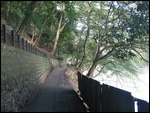
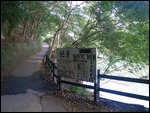
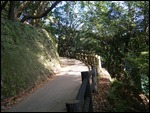
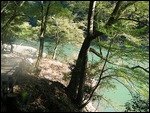
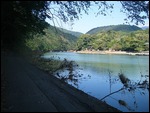
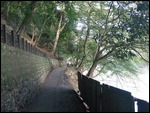
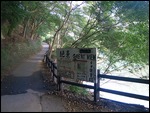
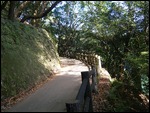
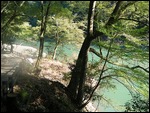
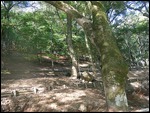
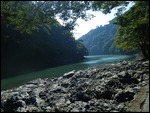
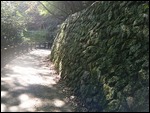
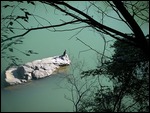
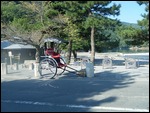
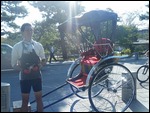
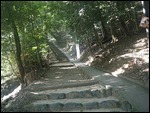
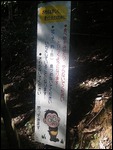
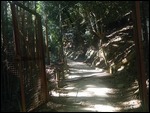
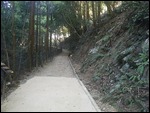
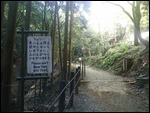
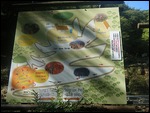
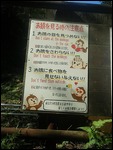
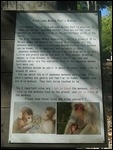
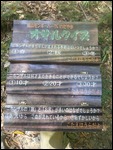
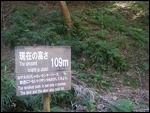
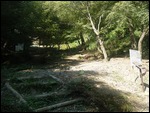
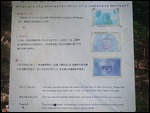
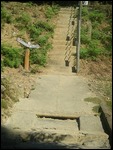


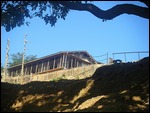
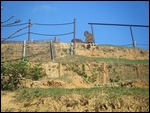
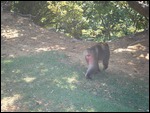
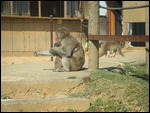
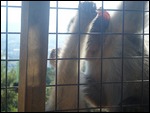
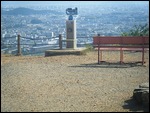
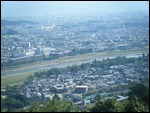
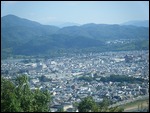
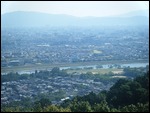
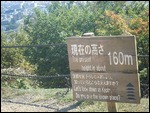
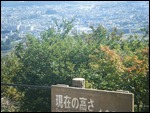
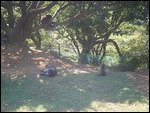
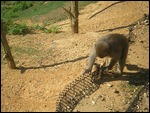
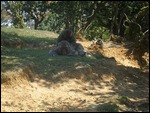

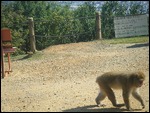
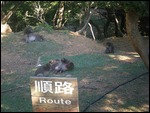
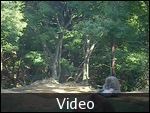
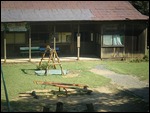
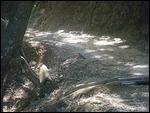
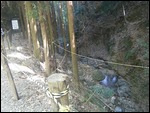
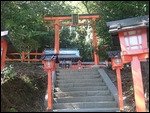
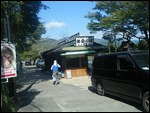
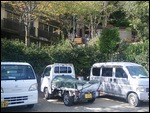
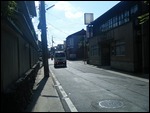
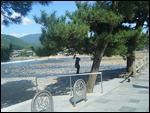
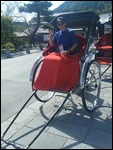
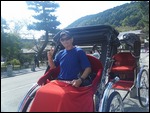
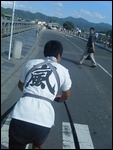

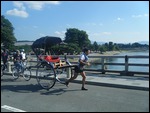
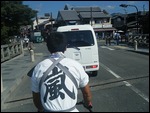
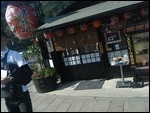
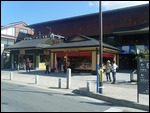
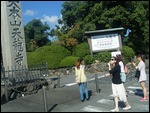
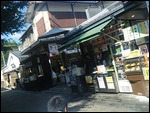
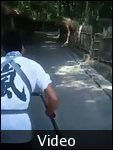
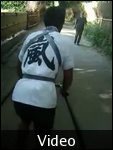
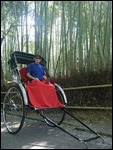
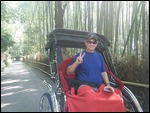
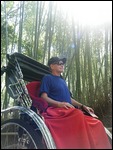
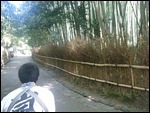
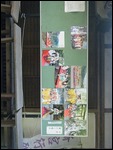
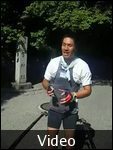
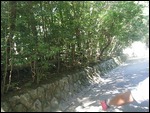
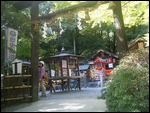
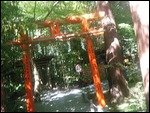
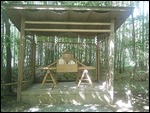
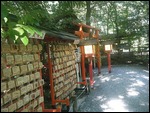
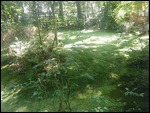

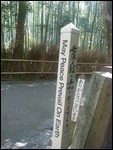
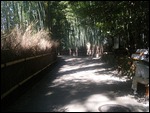
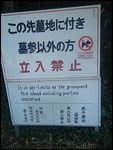
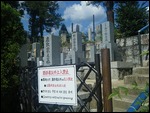
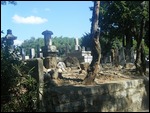
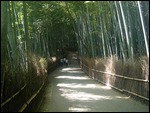
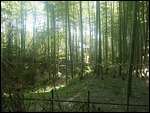
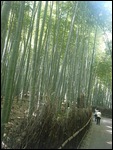

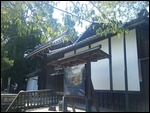
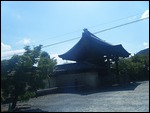
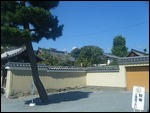
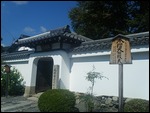
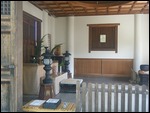
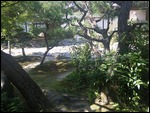
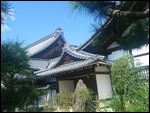
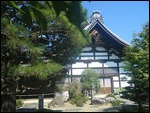

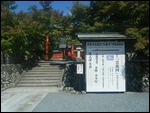
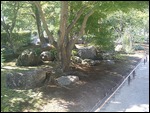
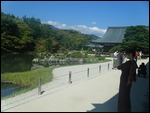
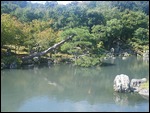
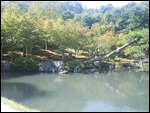
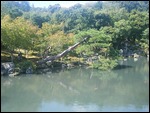
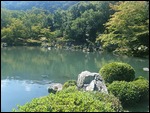
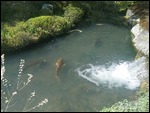
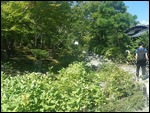
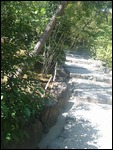
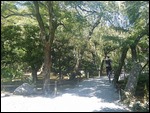
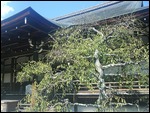
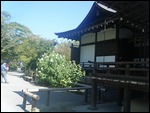

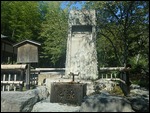
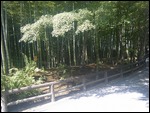

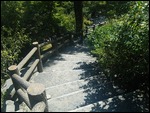

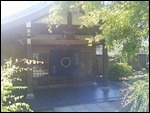
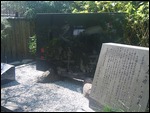
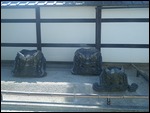
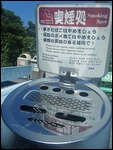


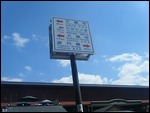
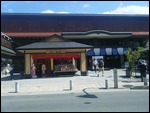
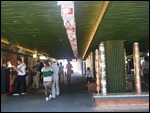
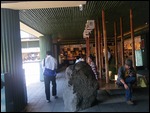
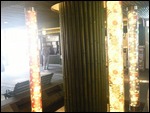

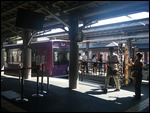
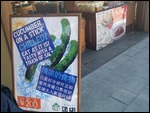
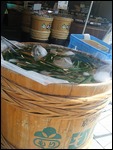
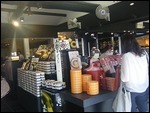
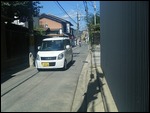
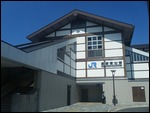
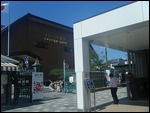
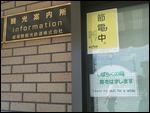

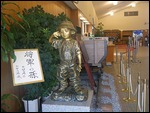
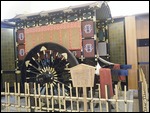
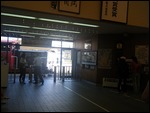
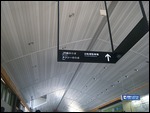
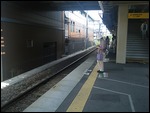
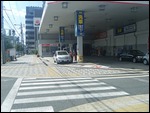
2025-05-22